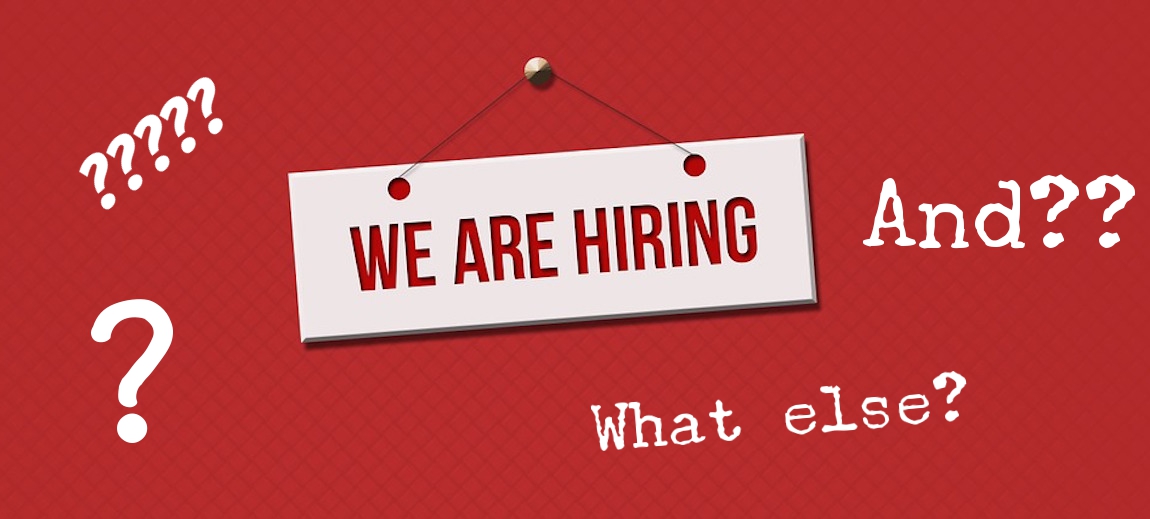B2B Myth of the Week: B2B Companies Don’t Need a Brand Voice
by MGB2B
The Myth: B2B Companies Don’t Need a Brand Voice
The Truth: The Tone and Style of Your Brand Voice Differentiates You From Your Competition
It’s easy for B2B companies to overlook the importance of creating a brand voice. Many companies forget that they are selling to real humans who are emotionally engaged when making buying decisions – even in the B2B world. Because of this, content can often be full of jargon and technical terms. This type of content clouds your brand’s personality and leaves customers confused about what they can gain from using your product or service. This problem can be solved by developing a B2B brand voice just for your company.
A brand voice includes personality, tone, and attitude and allows you to differentiate your business from competitors. Developing a brand voice might seem like a daunting task, but it’s likely that one already exists within your company; it just needs to be uncovered.
Here Are 3 Reasons Why Your Company Needs to Develop a Cohesive Brand Voice:
- A Brand Voice Connects You with Your Audience. In order to ensure your voice resonates with your audience, you first have to understand who they are. This may require a bit of research into your current customers. Once you know exactly who your audience is and what they want from you, developing your voice will be easier. Is your brand more professional, or are you bold and witty? Tailoring your voice to your specific audience helps develop content that buyers relate to. B2B buyers are humans after all, and they want to purchase from brands who they believe are genuine and trustworthy.
- It Differentiates You from Competitors. Your voice should be unique and make your company stand out. A great place to start is by identifying values that are important to your company and using them to shape your brand voice. If you stay authentic to your brand, buyers will remember you over the competition. Look to companies such as MailChimp, who have successfully distinguished their voice and personality. To create a successful brand voice, your company needs to be aware of what your competition is doing. For example, if your competitors use a boring or dry voice, adding a little bit of humor or conversational tone can attract buyers to your product.
- It Encourages Consistency Throughout the Entire Company. Consistency is key when it comes to developing your brand voice. In an ideal world, your audience should be able to recognize your content before seeing your company name attached to it. Your voice should be clear across all platforms: blogs, social media, websites, emails, and more. If your voice lacks consistency, it can create confusion and disconnect between your brand and customers. Inconsistency can also lead to confusion among sales and marketing teams. One way to ensure your brand voice remains consistent is by creating a style guide that employees can reference.
Developing a brand voice is not a one-time thing. It’s important to maintain your voice over time and keep up with industry changes while remaining consistent and authentic. Help your brand remain relevant by keeping up with your audience and competitors. A well-developed brand voice will generate interest among buyers and, most importantly, keep you a step (or ten) ahead of the competition.
Continue ReadingB2B Myth of the Week: My Brand Doesn’t Need Personas
by MGB2B
The Myth: My Company Doesn’t Need to Develop Buyer Personas
The Truth: Buyer Personas Help You Produce Content That Works
“Why do we need personas when we know our target audience like the backs of our hands?”
This is a question that many Marketing Directors and CEOs are quick to ask. After all, no one knows your customers better than you, right? But buyer personas bring a lot more to the table than a general target audience can. And with the constant evolution of ways to target buyers, personas are essential for developing a strong content marketing plan.
As B2B buyer behavior continues to change and marketing tactics change along with it, it’s important to know more about your audience than ever before. Personas are fictional characters who represent your brand’s potential buyers or customers. Make them highly detailed with information based on solid research. Details can include everything from name and age to pain points at work to how they spend their spare time. Since personas contain so much detail, they enable your brand to segment your content. Which ensures that the content you create resonates with the persona it was created for.
Here Are the Benefits of Developing Buyer Personas:
- Personas provide a deeper understanding of buyer wants and needs. Although personas are fictional, they are based on the behaviors and preferences of real buyers. Therefore, they are able to provide important insights into what buyers are looking for from your brand. Personas include detailed information about both demographics and behavior patterns. Thus, they enable you to focus on forming connections with your audience. It’s important to include information about responsibilities at work, family dynamics, and media consumption. This will ensure your persona receives messages from your brand that will resonate.
- Personas allow you to segment your audience with more ease. CEO Richard and Millennial Kevin face very different challenges while on the job. Their home lives are different. And the way they consume information is different as well. So why would you deliver a piece of content to Millennial Kevin that was written for CEO Richard? You wouldn’t. But he is an important part of the decision-making process. So you need content for him as well. And that content won’t likely resonate with CEO Richard. By creating personas that define age, buyer behavior, media consumption, and pain points, you’ll be able to segment with more ease. And hit more home runs with your content program.
- Personas help you create the right content. Once you have an idea of your ideal customers, you will be able to create content that is appealing to them. You need to get your audience interested in the content you create. Otherwise, you’ll get more unsubscribes and fewer converted leads. Get insight into the types of content that pique their interest by including details like your persona’s role at work or what they do in their spare time. A well-done persona will help you create specifically targeted content that appeals to the individual that it represents.
- Personas show you where your audience is spending time online. When you’re trying to reach potential buyers, it’s important to know what types of media appeal to them and where they find information. If your persona is a CEO who doesn’t understand how Twitter works, then you should put your time and money in a different direction when targeting him/her. Creating detailed personas will show you where you should be spending marketing dollars to generate the most leads. Your company will save time, money, and resources if you are aware of the specific places your personas visit – both online and off.
- Personas create consistency throughout your whole company. Share your personas with your marketing team. But also include other departments. Your sales and product development teams, for example, should fully understand your brand’s personas and how to appeal to them. Some brands – like MailChimp – even have portraits of their personas on the walls to remind employees on a regular basis about their importance. It’s essential to familiarize your employees with the personas so they know how to interact with potential buyers. Personas ensure that everyone in your company is on the same page about who your audience is and how your brand can help them overcome challenges and seize opportunities.
These are some of the benefits to keep in the back of your mind while developing your brand personas. With accurate and realistic personas, you won’t just be shooting in the dark with your marketing program. You’ll motivate your leads to buy and increase the likelihood that they’ll come back to buy more.
Continue Reading

